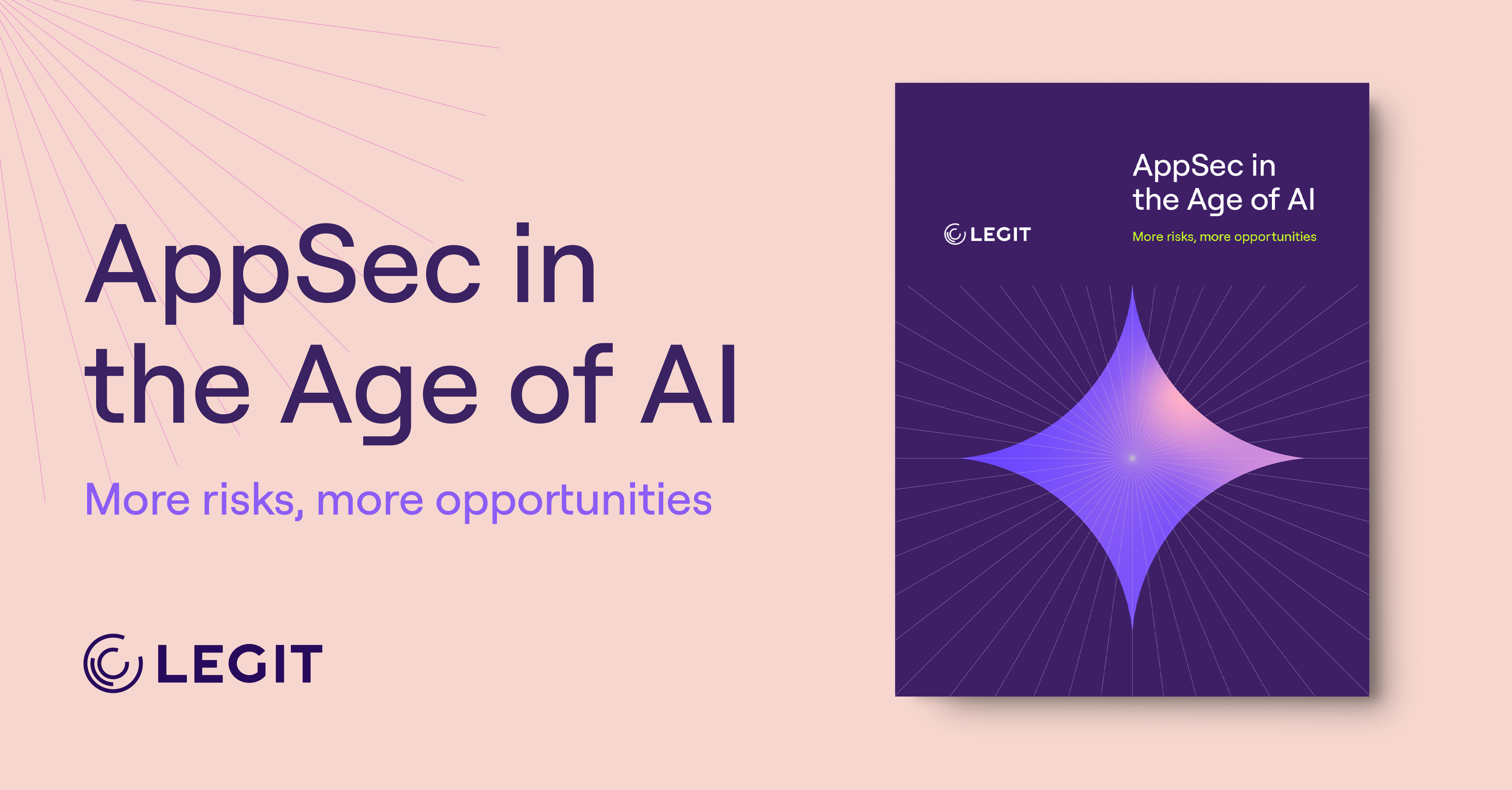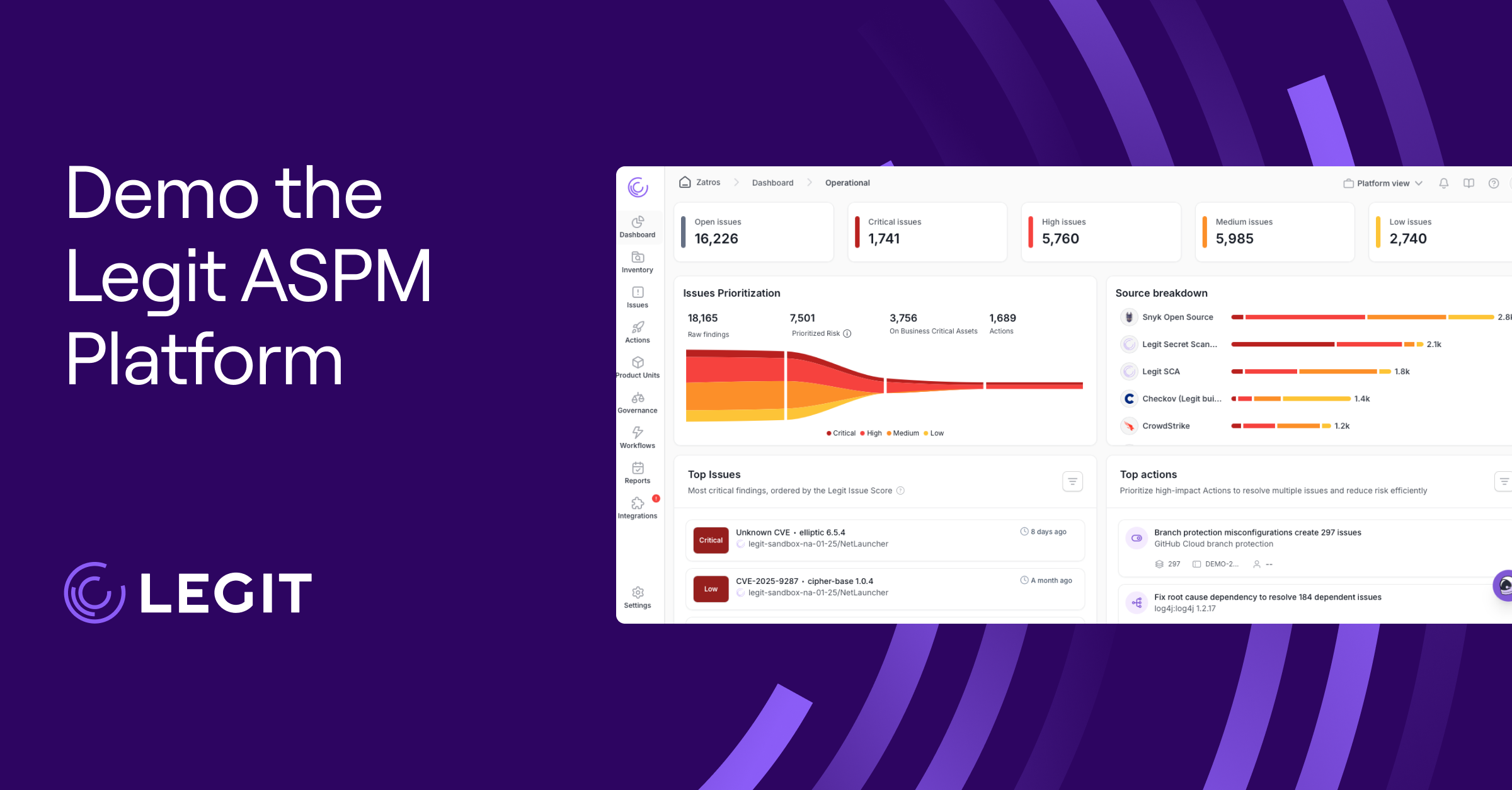The pace of cyberthreats is accelerating faster than many IT and security teams can handle, especially when they work in silos. Teams often struggle through slow patch cycles, while noise buries critical signals. Security operations (SecOps) first emerged to close that gap, by uniting IT operations and security into a single collaborative function.
Now, artificial intelligence is reshaping that model. AI SecOps builds on the principles of traditional SecOps, using intelligent automation and real-time analytics to strengthen defenses and accelerate responses across the entire environment. In this guide, we’ll explore what this development means and how you can benefit from it.
What Is AI SecOps?
AI SecOps is the evolution of traditional cybersecurity operations. SecOps already aims to bring IT operations and security together, but AI takes that further by embedding the latest technologies into everyday workflows. Instead of relying on manual methods, AI-powered SecOps uses machine learning (ML) and automation to analyze security information at scale, flag issues immediately, and accelerate responses.
AI systems can predict attack patterns and adjust defenses before attackers exploit vulnerabilities. This approach reshapes how teams operate, helping them work faster and more efficiently. With AI systems scanning for suspicious behavior and connecting signals across the environment, your organization can move from reactive incident handling to proactive defense.
Because these AI-driven capabilities easily scale up or down, AI SecOps works for both small IT teams and large enterprises. It extends the SecOps philosophy of collaboration between IT and security, while adding an adaptive layer of intelligence that grows with your business and the threat landscape.
The Importance of AI in Security Operations
Security operations face pressure from every direction, as attackers launch sophisticated campaigns that mix phishing, ransomware, and AI cyberattacks. These systems are built to outsmart traditional defenses and expand the attack surface.
Plus, factors like cloud adoption and remote work are adding countless new entry points, while an overload of alerts buries security teams in noise. Add in the ongoing shortage of skilled cybersecurity professionals, and the result is slower responses and higher risks.
AI changes this equation, rebalancing things in your favor. By bringing artificial intelligence into SecOps, you can automate repetitive tasks that bog down analysts and make sure that real threats rise to the top.
AI threat detection can uncover anomalies across both networks and applications faster than any manual method. Automated playbooks accelerate investigation and response, giving teams time to focus on complex investigations that benefit from human judgment.
There are plenty of other applications for AI in cybersecurity workflows. AI technology can predict attack paths and improve vulnerability management. It can also enhance software development by scanning code for weaknesses before release.
Meanwhile, a growing number of AI security vendors are giving organizations more options to tailor solutions based on scaling goals and regulation needs. For modern SecOps teams, AI is how you close the gap between limited human capacity and an evolving threat landscape.
Key Benefits of an AI SecOps Approach
AI SecOps delivers clear advantages that can strengthen both security and operations. Here are five of the top benefits:
- Better threat detection: AI-powered SecOps analyzes behavior across endpoints, networks, identities, and cloud workloads, then correlates signals to surface real threats with fewer misses. Pattern recognition and anomaly detection raise accuracy when compared to manual triage or static rules, ensuring that genuine attacks stand out.
- Proactive security: Continuous analysis and predictive analytics help your team move from reacting after attacks to anticipating attack paths and hardening weak spots before they’re hit.
- Faster responses: AI-powered SecOps helps SOC teams shorten investigations and cut mean time to respond (MTTR). Automated incident response playbooks can contain incidents in minutes by isolating compromised hosts, revoking risky permissions, blocking malicious traffic, and kicking off remediation without waiting on handoffs.
- Improved governance and compliance: AI SecOps applies real-time analytics to align policies with evolving regulations and internal standards. By continuously monitoring controls and reporting on compliance, this approach reduces audit issues and strengthens overall security governance.
- Scalability and consistency: AI SecOps scales seamlessly as your organization grows, handling large volumes of data and complex environments without forcing you to add headcount. AI technology adapts to hybrid and multi-cloud architectures, so defenses stay effective no matter how fast your tech stack grows.
Common Use Cases for AI SecOps
To understand how you might achieve the above benefits, let’s look at some real-world use cases for AI SecOps.
Phishing and Email Security
AI systems can analyze message patterns and user behavior to detect phishing attempts that might slip past traditional tools and filters. By correlating the results with threat intelligence feeds, AI can spot large-scale campaigns early. Instead of waiting for users to report suspicious emails, AI blocks them and learns from each new sample.
Ransomware Defense
Ransomware often moves quickly once it lands in your environment, encrypting files and spreading laterally. AI threat detection looks for abnormal access patterns or unusual file changes, stopping the attacks by locking down critical data. Built-in automated response actions, such as isolating affected endpoints and cutting off network access, become part of your larger incident response playbook.
Secure Software Development
As developers adopt AI-assisted software development to generate and ship code faster, security has to keep pace earlier in the lifecycle. AI SecOps addresses this challenge by scanning code and dependencies to flag vulnerabilities before deployment.
Best Practices for Implementing AI SecOps
AI SecOps can transform how you run security operations, but its effectiveness depends on how you handle the implementation. Following these best practices helps you get more value without complicating your workflows.
Choose the Right Tools
Not every tool labelled “AI” delivers the same results. Look for software that offers seamless integration with your existing stack and supports hybrid and multi-cloud environments. It’s also important for tools to provide transparency into how their AI models make decisions.
Implement Automation
AI brings the most value to your organization when it’s paired with automation. You can use automation to power playbooks that contain threats or trigger investigations without waiting for your intervention. The more repeatable tasks you take off your team’s plate, the faster you improve response times and free up analysts for work that requires human judgment.
Conduct Regular Audits
AI models learn and evolve, which means you need human oversight over the long term. By testing and tuning on an ongoing basis, you can prevent gaps from creeping into your defenses. Regular audits validate that AI models are still detecting the right threats and staying compliant with regulations.
Foster Collaboration and Training
Introducing AI tools changes the way teams work, and that means people need to adapt. So be sure to facilitate cross-team collaboration between IT and security, and invest in training so staff understand how to interpret AI-driven insights. As AI changes cybersecurity, the human side of SecOps must evolve too, while blending new tools with established processes.
Implement AI SecOps Successfully With Legit Security
AI SecOps makes day-to-day incident handling easier, and it strengthens the foundation for your entire development process. To build on that foundation, Legit delivers AI-powered application security management (AI-SPM) that embeds intelligence directly into your software development lifecycle. By unifying visibility across code, pipelines, and cloud environments, Legit uses AI to spot risks and correlate findings.
For SecOps teams, this alignment means fewer blind spots and faster actions. Instead of juggling fragmented tool outputs, you get a single view enriched by AI-driven context and automation. Get a Legit demo today, and address vulnerabilities at the speed of development without adding risk or busywork.
Download our new whitepaper.


